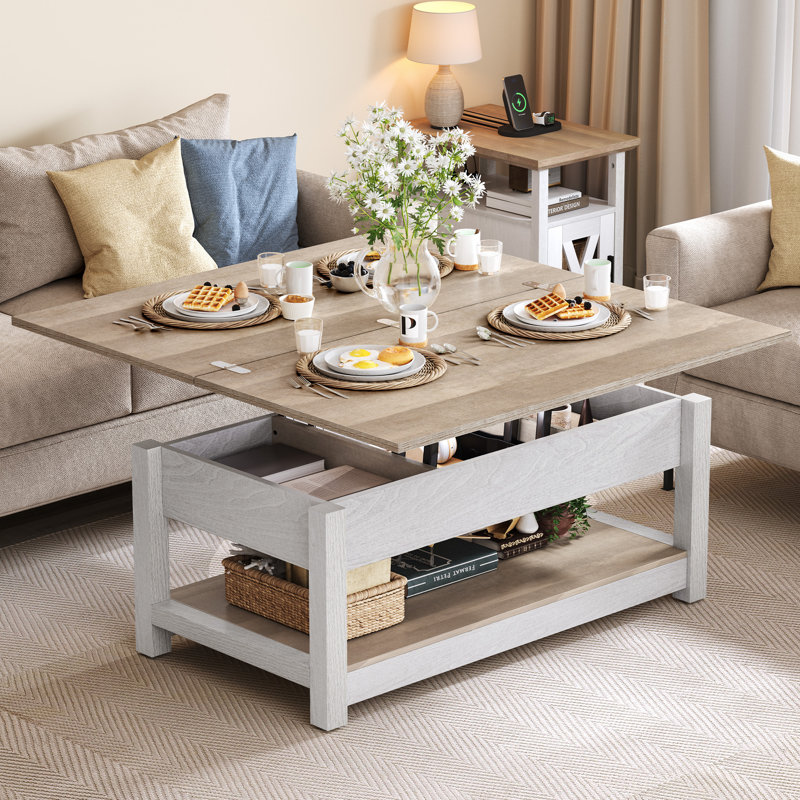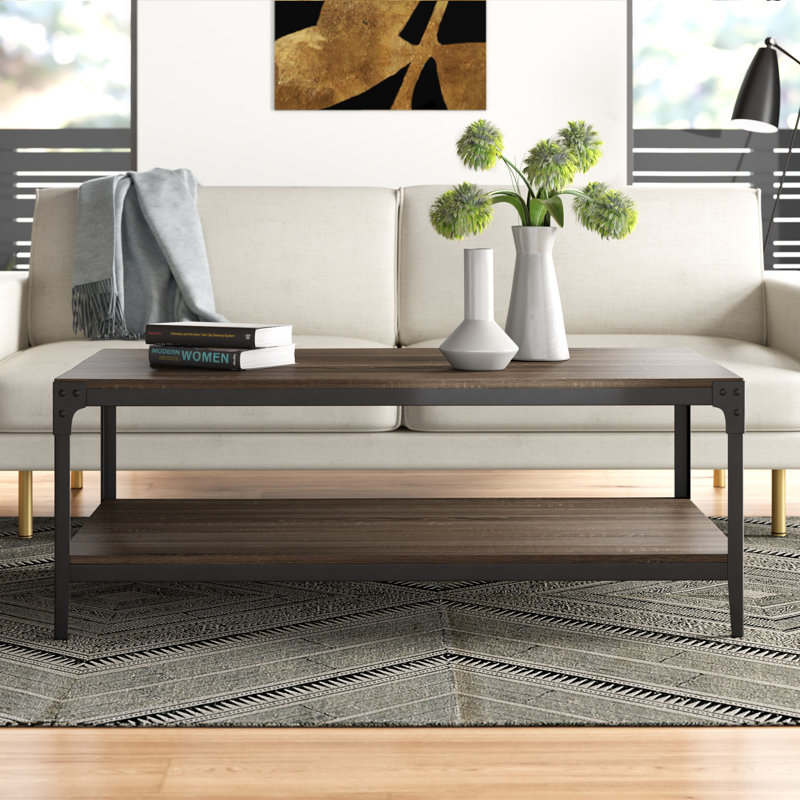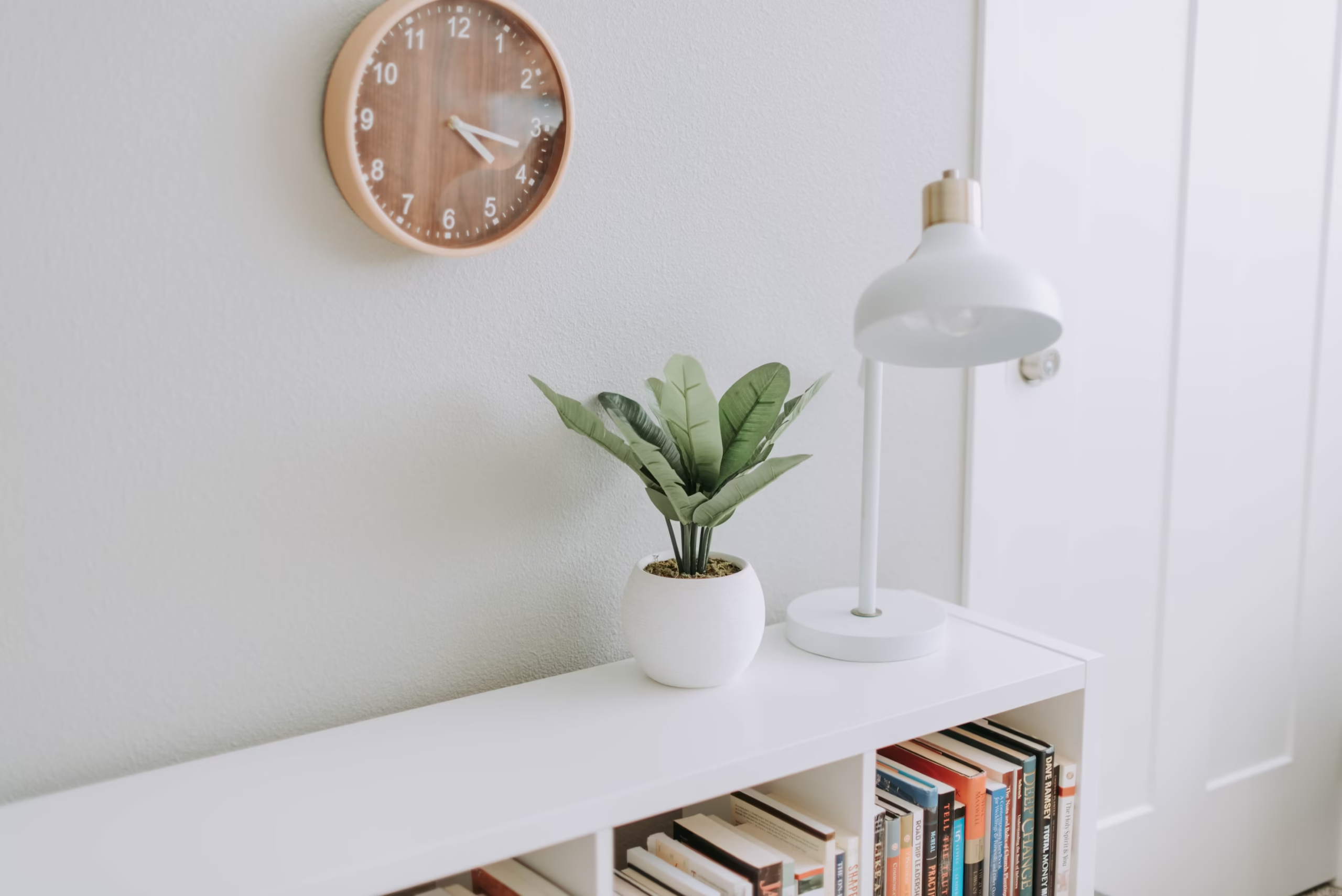Understanding Minimalism: More Than Just a Trend
Minimalism is more than just a design style—it’s a way of life. It’s about surrounding yourself with the things that truly matter and letting go of the clutter. Originating in the mid-20th century, minimalist design has evolved into a lifestyle that prioritizes simplicity, functionality, and intentionality.
Here’s how embracing minimalist design can transform your home, creating a peaceful, stylish, and functional living space.
1. Key Minimalist Elements to Incorporate into Your Home
Minimalism is all about curating your environment. To start, focus on three key design elements: color palettes, materials, and furniture.
• Color Palettes: Stick with neutral tones like white, beige, and soft earth tones. These colors create a calm, serene atmosphere and allow you to mix and match elements seamlessly.
• Materials: Use natural materials like wood, linen, and stone for warmth and texture. A solid wood table or linen upholstery can help you achieve a minimalist yet functional space. Here is a minimalist 2-piece linen upholstered living room set that can be found on Wayfair.

• Furniture Style: Opt for multifunctional furniture. Pieces like storage ottomans or coffee tables with hidden shelves are both practical and stylish.

2. Tips for Simplifying Your Space: A Step-by-Step Guide
Embracing a minimalist lifestyle requires more than just removing clutter. Follow these steps to simplify your space:
• Step 1: Assess Each Room – Tackle one room at a time. Start by deciding what truly serves a purpose in your space.
• Step 2: Categorize Items – Use the four categories method: Keep, Donate, Sell, or Discard. This helps you evaluate each item’s value to your life.
• Step 3: Organize Thoughtfully – Invest in minimalist storage solutions. Open shelving, baskets, and bins can help you organize without cluttering the space.

3. Incorporating Minimalist Design: Real-Life Inspirations
The impact of minimalist design is more than just visual—it’s about the way you feel in the space. Consider these real-life transformations:
• Example 1: A family in San Francisco transitioned from a crowded home to a minimalist oasis. They removed unnecessary furniture and embraced sleek, functional pieces.

• Example 2: The living room was redesigned with a neutral palette, clean lines, and multifunctional furniture. The result? A cozy yet spacious room that invites relaxation.

4. Personalizing Your Minimalist Space
Personalization is key, even in a minimalist home. Here are a few ways to make your space your own:
• Incorporate Natural Elements: Add houseplants for freshness and clean air. Choose low-maintenance plants like pothos or snake plants.

• Decorate with Intent: A few meaningful decor items, like family photos or travel souvenirs, can add warmth to your minimalist space without overcrowding it.
5. Final Thoughts on Minimalist Design
Minimalism isn’t about empty spaces; it’s about making intentional choices that enhance your life. By simplifying your space, focusing on functionality, and carefully selecting each item, you can create a home that’s both stylish and calming.


Leave a Reply